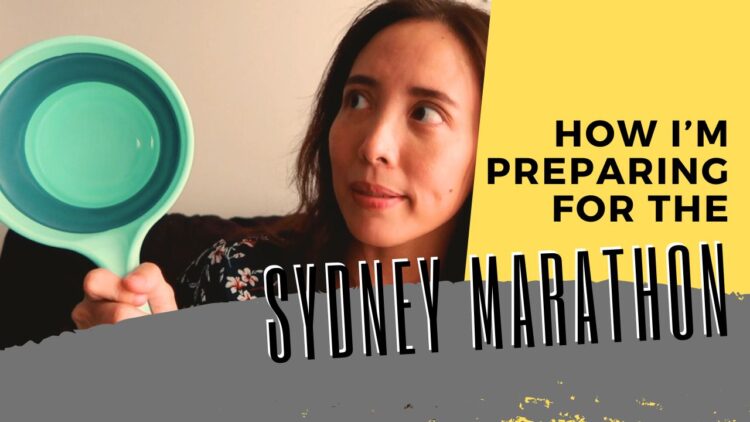It is less than four weeks to go until the Sydney Marathon on September 15, which I have been training for the past seven months. It’s been quite a journey because back in December when I signed up, my longest runs were 5 kilometers — and just last Saturday I did my longest long run in training.
How did I get here, and what am I doing to prepare for my goal race? You can watch my vlog below, or scroll down for a written summary.
I started training the first week of January with a kick-off slow 5K, then signed up for 7K at the 7-Eleven Run in February. II wanted to see what it would feel like over distances over 5 kilometers, and it told me that I had a long way to go.
For more formality in my training, I used Garmin Coach from the Garmin Connect app. It has adjustable training plans for distances from 5K all the way to a half marathon, provided by three different coaches. I picked the half marathon training plan by Jeff Galloway, who’s well-known for the Run-Walk method where runners alternate between running and walking throughout the distance.
I signed up for the Gatorade Manila Half Marathon in June as well as back-to-back 10Ks in March thanks to the Women’s Run PH and the All-Women’s Run. The times I set in these races were the benchmarks that helped me set my training paces for the marathon.
Then I took a look at the training plans the Sydney Marathon released for their runners. With first-timer, intermediate, and advanced options to look at, you could never claim not to know how to go about training for this marathon. Given my previous marathon experience as well as my current fitness, I decided to follow the advanced plan but would opt for some intermediate plan sessions if I felt myself overreaching or having a hard time recovering.
I also bought myself a new Garmin for my birthday: a Forerunner 265. Coming from a 945 you’d think I should choose to get the 965, but at a 10,000 peso premium, my wallet would feel the bite. Besides, the 265 had the features I actually wanted: heart rate variability and training readiness analysis. I know how to train, but what I needed help with is how to recover properly and avoid injury and illness — and the 265 gave me that.
As a bit of a joke, I included in this video my decision to buy a collapsible dipper (“tabo” in Filipino) because many hotel bathrooms in Sydney do not have bidets. Any marathoner knows that the pre-race toilet routine is super important, and from my previous Australia visit I got pretty backed up my first few days because the toilet facilities weren’t like what we have back home.
My second purchase was for an “ugly” windbreaker. The starting line for the Sydney Marathon is separated from the finish by many kilometers, and they don’t have race day gear check-in. So I need to have something to keep me warm as I wait for my gunstart, but it can’t be any of my regular gear or anything that has sentimental value because I will have to discard it. I bought the windbreaker secondhand off Carousel for the staggering price of… 190 pesos (less than 4 USD). In any case, many of the discarded garments find their way into thrift shops, and having gone thrifting in Sydney the lowest price I ever found was 15 AUD. So if my ugly windbreaker ever gets resold at that price, it’ll even be a glow-up for it.
I’ve also been testing the kind of gear that I want to wear for the race, because I normally wear tank tops and shorts running in Manila weather. But Sydney weather is not Manila weather, especially on race day. Hopefully, the gear I end up racing in will keep me comfortable (and chafing-free!) all the way to the finish line.
Anyway, to wrap up this long and meandering training update, I hope what I’ve discussed here helps you understand the kind of preps I’ve been doing leading into my Sydney Marathon. If you’re thinking about doing a marathon or if you’re already training for one, it might give you some ideas about what else you need to think of to prepare yourself for your goal race.

